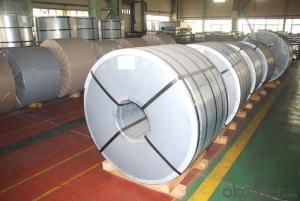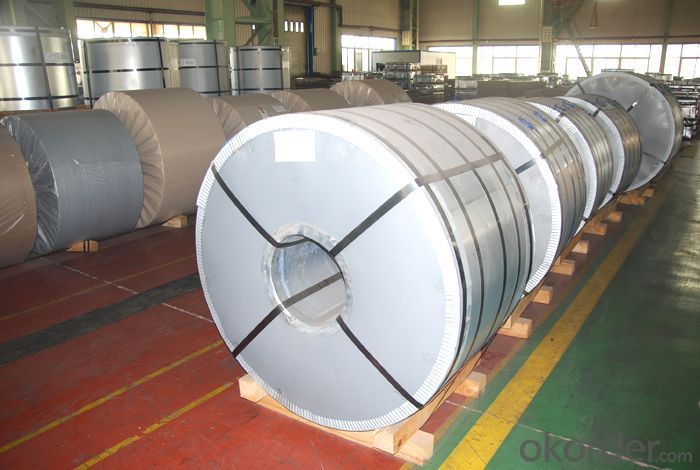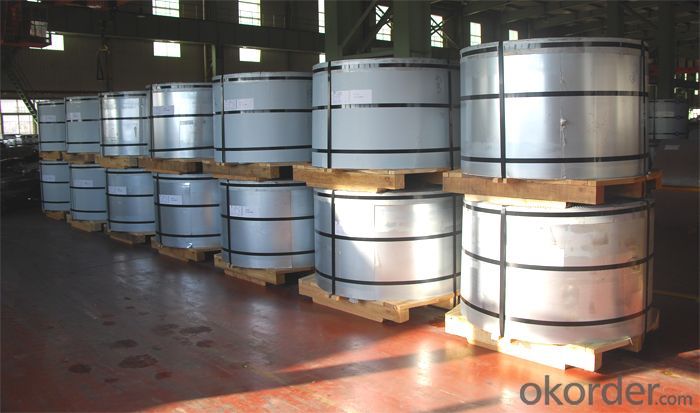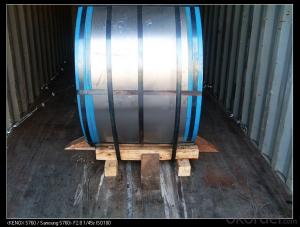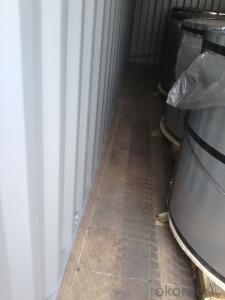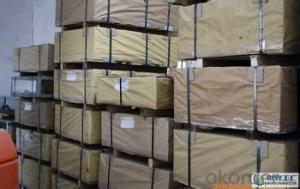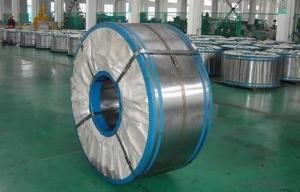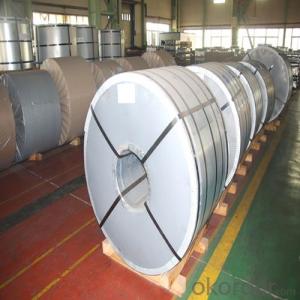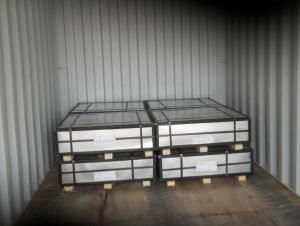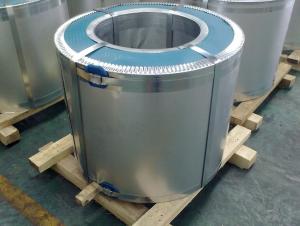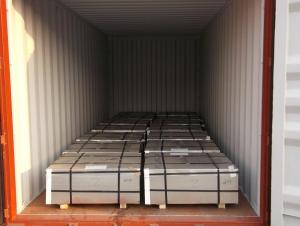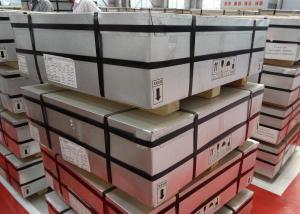Prime EPT Sheets Coils TinPlate For Cans Making
- Loading Port:
- Shanghai
- Payment Terms:
- TT OR LC
- Min Order Qty:
- 100 m.t.
- Supply Capability:
- 40000 m.t./month
OKorder Service Pledge
OKorder Financial Service
You Might Also Like
Structure of Prime 2.8/2.8 EPT Sheets Coils TinPlate For Cans Making Description
| Steel Type | MR | ||
| Temper(BA&CA) | T1~T5, DR8, DR9 | ||
| Coating | 1.1~11.2g/m2 (Both Equal and Differential) | ||
| Thickness and tolerance | 0.15~0.50mm(Tolerance: _+0.01 mm) | ||
| Width & tolerance | 300~1000mm (Tolerance: 0~3mm) | ||
| Cut length & tolerance | 450~``50mm (Tolerance: 0~3mm ) | ||
| Coil inside diameter | 420/508mm | ||
| Coil Weight | 3~10 MT | ||
| Passivation | 311 | ||
| Oiling | DOS | ||
| Surface Finish | Bright, Stone, Silver, Matte | ||
| Packaging | Seaworthy Standard with wooden pallet | ||
| Standards Available | GB/T2520, JIS G3303, ASTM A623M & EN10202 | ||
| Special specitications are available on request. | |||
Main Features of the Prime 2.8/2.8 EPT Sheets Coils TinPlate For Cans Making
Tinplate can ensure food hygiene and minimize the possibility of corruption, effectively
prevent the danger to health, but also in line with modern convenience in tinplate packaging
of canned food diet, rapid demand, tea packaging, coffee packaging, health careproduct
packaging, candy wrappers, cigarette packaging, gift packaging, food packaging containers
are preferred.As well as other miscellaneous cans of the oils and fats cans, chemicals
cans, beverage cans, spray cans, and and so on on.
Prime 2.8/2.8 EPT Sheets Coils TinPlate For Cans Making Images
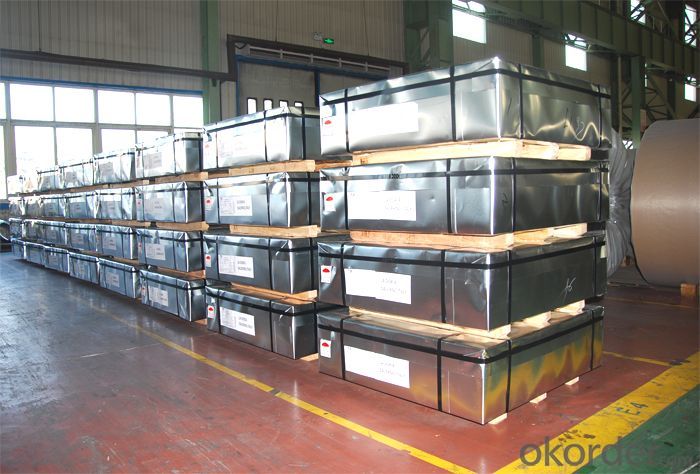
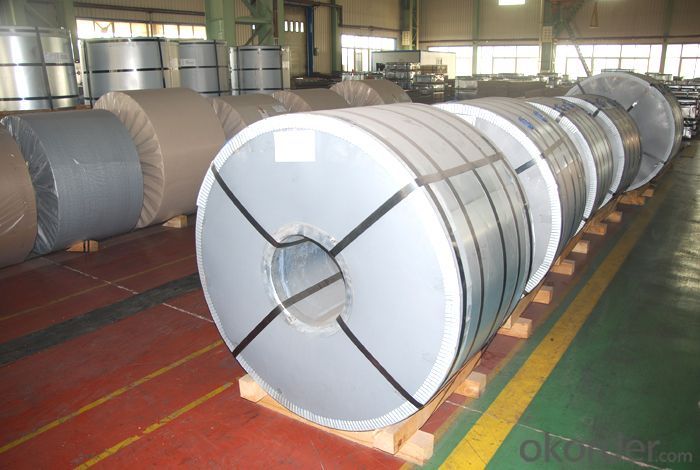
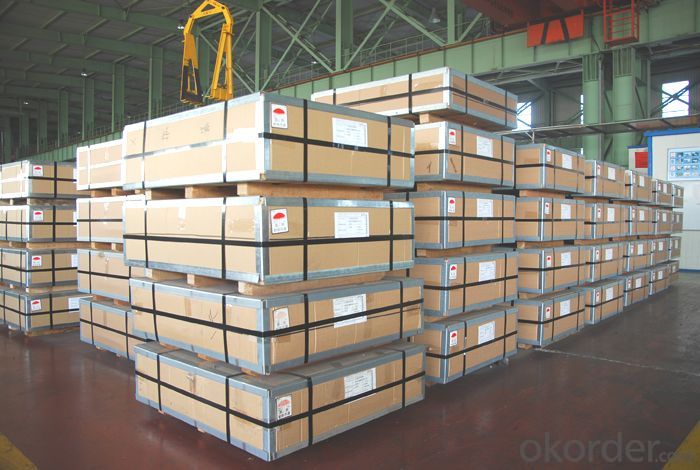
Prime 2.8/2.8 EPT Sheets Coils TinPlate For Cans Making Specification

FAQ of Prime 2.8/2.8 EPT Sheets Coils TinPlate For Cans Making
How long does it take to get the product if i place an order?
With the process of your requirements,we will pack and deliver in 3-7 days.If it is by sea shipment,it will take 15-45 days depending on different locations.
- Q: How is tinplate used in the manufacturing of electronic devices?
- Tinplate is commonly used in the manufacturing of electronic devices for its corrosion resistance and excellent conductivity. It is often utilized as a coating material for printed circuit boards (PCBs) to protect them from oxidation and enhance their durability. Additionally, tinplate is utilized in the production of connectors, switches, and other electrical components due to its ability to facilitate smooth electrical flow and ensure reliable performance.
- Q: How does tinplate affect the recyclability of mixed-material packaging?
- Tinplate plays a significant role in enhancing the recyclability of mixed-material packaging. It is highly recyclable and has a well-established recycling infrastructure worldwide. By incorporating tinplate into mixed-material packaging, it enables easier separation of different materials during the recycling process. Tinplate's recyclability helps reduce waste and conserve resources by enabling the recovery and reuse of valuable materials, ultimately promoting a more sustainable packaging system.
- Q: How does tinplate contribute to the conductivity of electrical components?
- Tinplate contributes to the conductivity of electrical components by providing a thin layer of tin coating on the surface, which enhances the flow of electric current and reduces resistance. This tin coating acts as a protective barrier against corrosion, ensuring long-term conductivity and preventing the electrical components from deteriorating over time.
- Q: What are the different ways to open tinplate containers?
- There are several ways to open tinplate containers, including using a can opener, a key, a sharp knife, or even a spoon to pry open the lid.
- Q: What are the advantages of using tinplate for shipping containers?
- There are several advantages of using tinplate for shipping containers. Firstly, tinplate is highly durable and provides excellent protection against corrosion, ensuring the safety and integrity of the goods being transported. Secondly, tinplate is lightweight yet strong, making it easier to handle and transport containers efficiently. Additionally, tinplate is easily recyclable, making it an environmentally friendly choice. Lastly, tinplate has a smooth surface which can be easily cleaned and sanitized, reducing the risk of contamination during shipping.
- Q: How does tinplate contribute to the sterility of medical equipment?
- Tinplate contributes to the sterility of medical equipment through its inherent properties and the manufacturing process. Tinplate is made by coating thin sheets of steel with a layer of tin, which provides a protective barrier against corrosion and contamination. This barrier prevents the metal from reacting with external elements, ensuring that the equipment remains sterile. Additionally, tinplate is highly resistant to moisture, which further helps in maintaining the sterility of medical equipment by preventing the growth of bacteria or fungi.
- Q: Is tinplate affected by moisture or humidity?
- Yes, tinplate is affected by moisture or humidity. Tinplate is a thin sheet of steel coated with a layer of tin, which provides corrosion resistance. However, prolonged exposure to moisture or high humidity can cause the tin layer to react with the steel, leading to corrosion and degradation of the tinplate's properties. It is important to store and handle tinplate in conditions that minimize exposure to moisture and humidity to maintain its integrity.
- Q: What are the advantages of using tinplate for stationery and office supplies?
- One advantage of using tinplate for stationery and office supplies is its durability. Tinplate is known for its strength and resistance to corrosion, making it a long-lasting material for items like pen holders, paper trays, or pencil cases. Additionally, tinplate is highly recyclable, making it an eco-friendly choice for sustainable office supplies. Its sleek and shiny appearance also adds a touch of elegance and professionalism to the products, making them visually appealing.
- Q: What are the different types of tinplate printing techniques?
- The different types of tinplate printing techniques include offset lithography, screen printing, and digital printing.
- Q: How is tinplate tested for quality and performance?
- Tinplate is tested for quality and performance through various methods such as visual inspection, chemical analysis, mechanical testing, and corrosion resistance assessment. Visual inspection ensures that the tinplate is free from any surface defects, such as scratches or dents. Chemical analysis verifies the composition of the tinplate, ensuring it meets the required standards. Mechanical testing assesses the strength, ductility, and formability of the tinplate, ensuring it can withstand the intended applications. Lastly, corrosion resistance assessment evaluates the tinplate's ability to resist rust and corrosion, ensuring it maintains its quality over time.
Send your message to us
Prime EPT Sheets Coils TinPlate For Cans Making
- Loading Port:
- Shanghai
- Payment Terms:
- TT OR LC
- Min Order Qty:
- 100 m.t.
- Supply Capability:
- 40000 m.t./month
OKorder Service Pledge
OKorder Financial Service
Similar products
Hot products
Hot Searches
Related keywords
